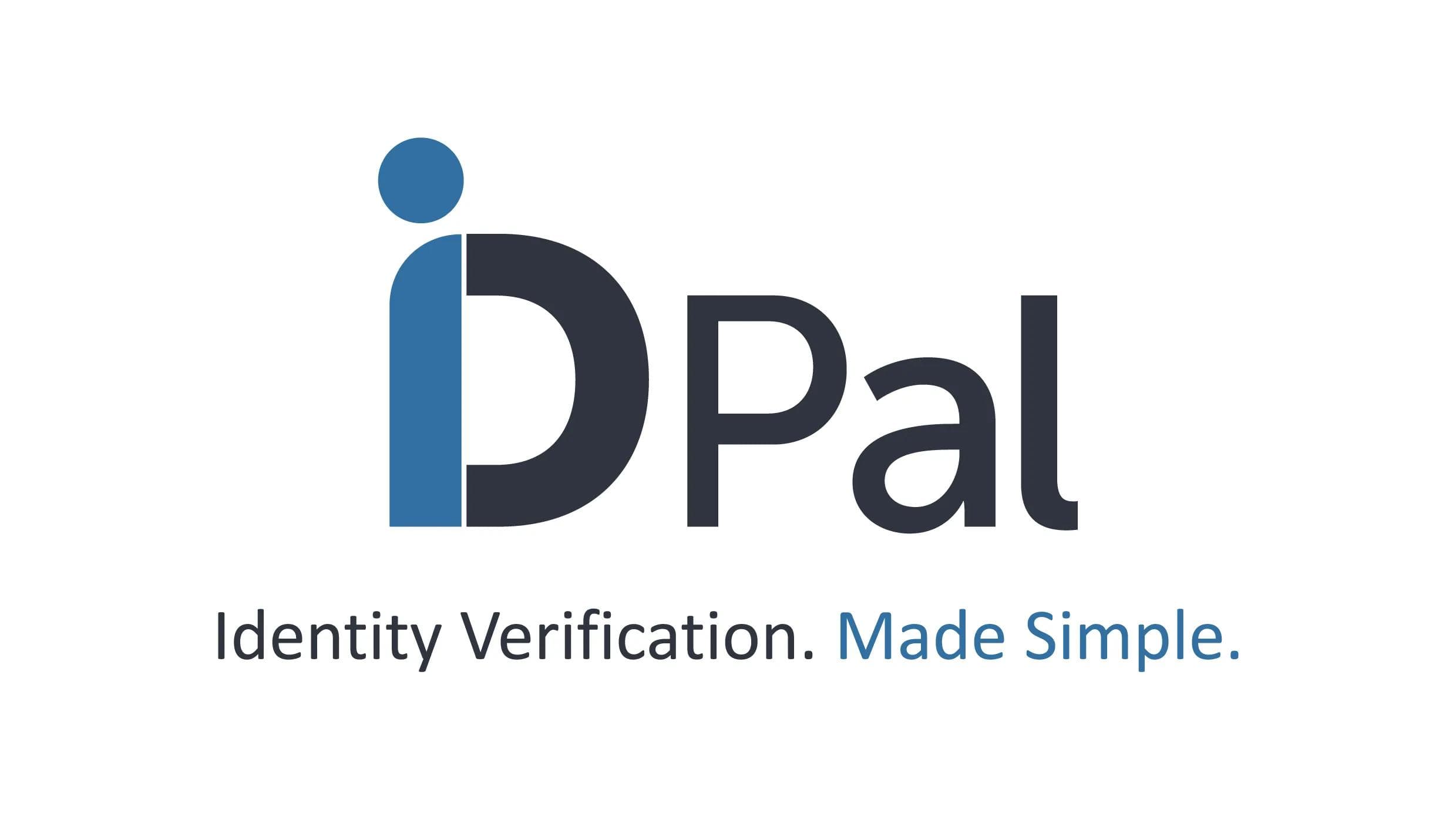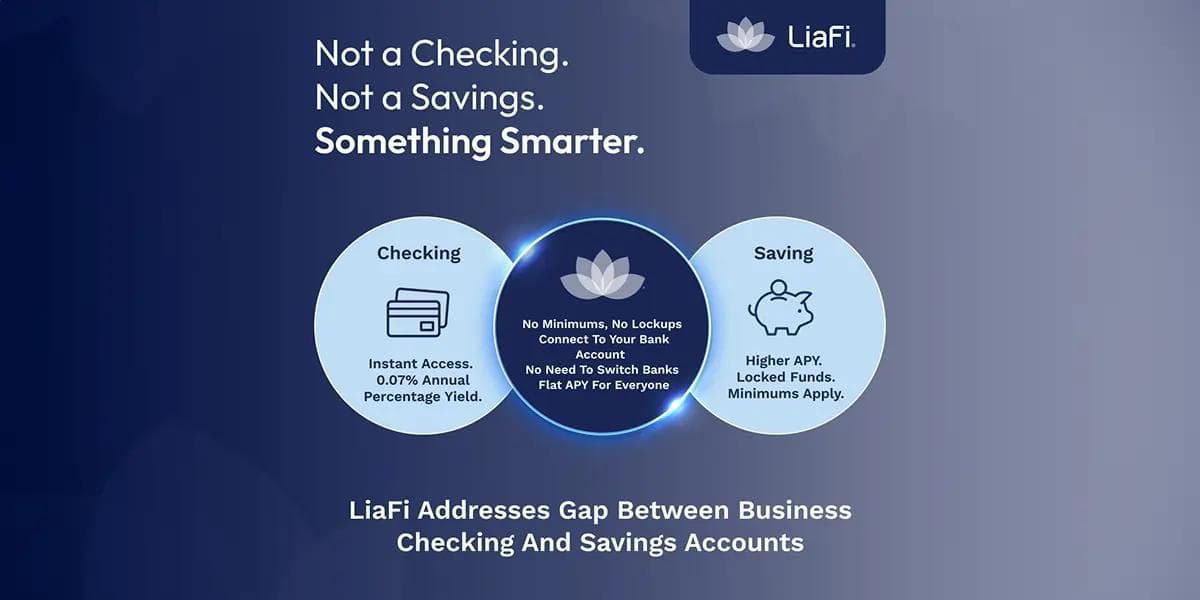By Ben Potts, UK Managing Director, Novidea
When you consider the number of M&A deals that have been announced just in the first half of this year, it’s fair to say it’s been an extraordinary period.
There have been 257 deals announced in the insurance sector since January this year, collectively valued at over $26 billion according to a recent report by PwC.
This clearly shows high levels of market activity, but companies need to do more than just secure a deal; they also need to make it a success as quickly as possible. Board members expect big returns on their investment almost immediately. One important part of the mix is technology, which can help to overcome many of the challenges caused by M&A, particularly in insurance.
Minimising disruption
In the critical days immediately after a deal completes, the management team needs to make a lot of decisions in a short space of time in order to preserve value and capitalise on the newly acquired business. Questions such as how to restructure operations and what the main business objectives are (both short and long term) all need swift, efficient answers. But it’s not just operational challenges that the board has to worry about; they also need to manage the merging of different company cultures and values in order to keep customers and employees happy and engaged and business growth on track.
In order to achieve these objectives, effective decision making from leadership is essential – and leaders in turn need access to the information that allows them to plot the correct course. Technology can now provide executive teams access to real-time insights and a 360-degree view of the business to ensure that they have the best information to support them in the decision-making process right from the outset.
Data driven industry
Following an M&A, the combined business will have access to a lot more data and, with it, open themselves up to increased complexity. However, while the value of having more data is recognised within the insurance sector, it’s well known that companies often struggle to make effective use of it.
To tackle this problem, companies can use technology to help consolidate data from across the business. Not only will this help to break down data silos, it will also allow companies to gain valuable insights and conduct performance benchmarking across the business, both of which are vital if the deal is to be a success.
By taking this approach, companies can spot growth areas across the newly formed business and identify where operational improvements and efficiencies can be implemented. Leveraging data is key in the post-merger environment and should take the company closer to its objectives outlined at the start.
Protecting profits
Deals are usually done for one of two reasons – to add scale or to realise synergies (ideally both). But companies should try not to lose sight of their current revenue streams, and what made them successful as individual entities. This is a trap that many businesses fall into; post-merger companies are tempted to focus their attention on further growth and new markets and can therefore miss out on the opportunities that their existing, newly expanded customer base can provide.
Conducting profitability analyses across the customer base can help management to determine the cost of doing business with each client. Companies can then identify which clients are most profitable, and where they should be investing more time and effort. Leadership can then leverage this data even further by profiling their best customers and targeting similar new business, whilst also cross and upselling products within their book.
Decisions, decisions
With so many decisions to make following an M&A, it’s sometimes difficult for companies to know where to begin. However, the implementation of technology serves to simplify the process by allowing companies to gain real-time insights and a 360-degree view of the business and portfolio. This enables data to be at the center of the operation which means the business can get access to the information they need to make effective, quick and informed decisions. This is vital for companies that want to successfully navigate the early days post-merger and ensure that they make their integration a success with their wider business.

























